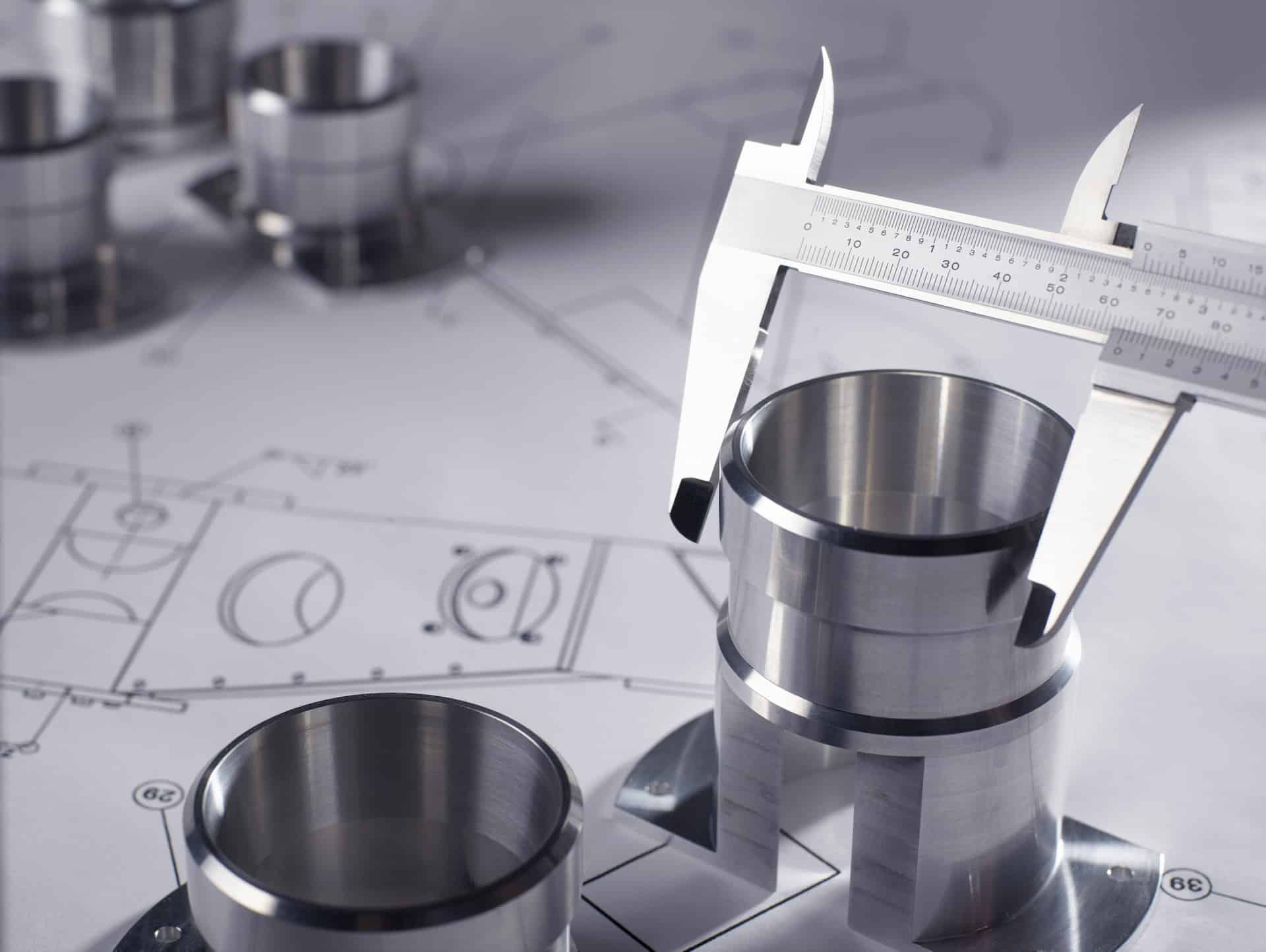Citric Acid Passivation for Additive Manufacturing (3D-Printed Stainless Steel)
That’s where citric acid passivation comes in. This chemical treatment provides a clean, corrosion-resistant surface—without altering the precise dimensions or delicate geometries that make additive manufacturing so valuable.

Why Additive Parts Need Passivation
During 3D printing processes like selective laser melting (SLM) or direct metal laser sintering (DMLS), parts are built layer by layer under extreme heat. While the result is a solid stainless steel component, the process often leaves behind:
-
Embedded iron and metallic residues
-
Heat tint and oxide films
-
Microscopic surface irregularities
These contaminants can serve as initiation points for corrosion, reducing the service life of the part—especially in demanding environments like surgical instruments, aircraft components, or semiconductor equipment.
Passivation helps by chemically removing free iron and other surface contaminants, promoting the formation of a uniform, chromium-rich oxide layer that enhances corrosion resistance.
Why Citric Acid Passivation?
Traditional passivation methods often rely on nitric acid, which is effective but highly aggressive and comes with handling, safety, and environmental challenges. Citric acid passivation provides a safer, greener alternative with several key benefits for 3D-printed stainless steel:
-
Gentle yet effective: Removes free iron and contaminants without etching or altering critical tolerances.
-
Environmentally friendly: Citric acid is biodegradable and safer to handle compared to nitric acid.
-
Compatible with complex geometries: Works well for the intricate channels, lattice structures, and internal surfaces often found in additive manufacturing.
-
Enhanced corrosion resistance: Helps ensure parts meet stringent performance standards in industries where reliability is non-negotiable.
Citric Acid vs. Other Post-Processing Methods
Additive manufacturing already relies on several post-processing steps, such as heat treatment, machining, and electropolishing. Each method plays a role, but citric acid passivation fills a unique need:
-
Electropolishing smooths and brightens surfaces but removes a thin layer of material.
-
Mechanical finishing improves appearance and texture but may not address embedded iron.
-
Citric acid passivation preserves dimensions while chemically stabilizing the stainless steel surface.
By combining these processes strategically, manufacturers can achieve both the precise surface finish and the corrosion resistance required for critical applications.
Supporting Innovation in Additive Manufacturing
As 3D printing continues to evolve, surface treatment methods like citric acid passivation will play a growing role in ensuring performance, safety, and durability. From orthopedic implants to turbine components, this treatment supports the high standards demanded by industries that rely on additive manufacturing.
If you’re developing or producing stainless steel parts through additive manufacturing, exploring citric acid passivation could be a valuable step in your finishing process.
Learn more about our citric acid passivation services and how New England Electropolishing can help you optimize your additive manufacturing parts for long-term performance.